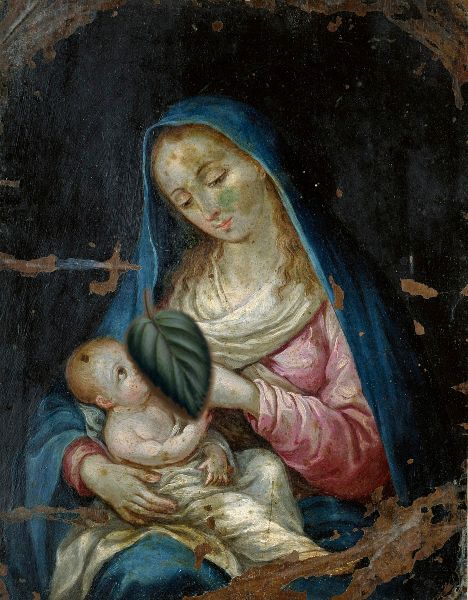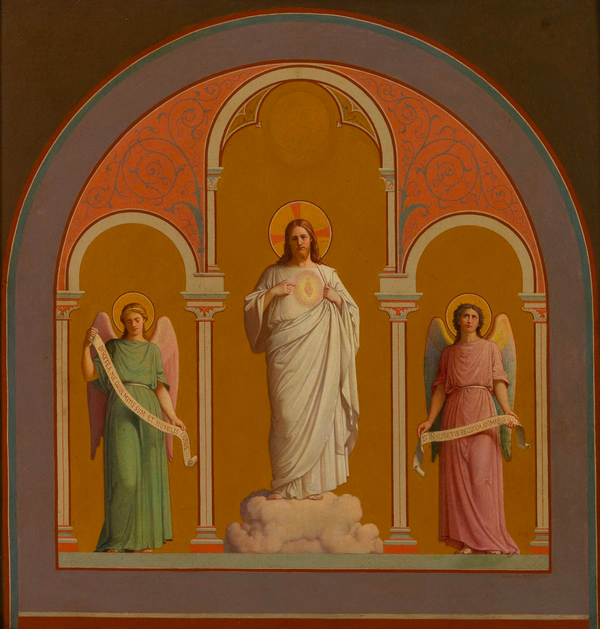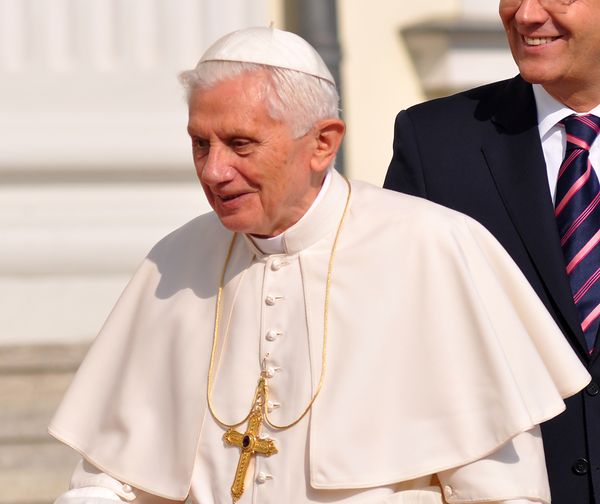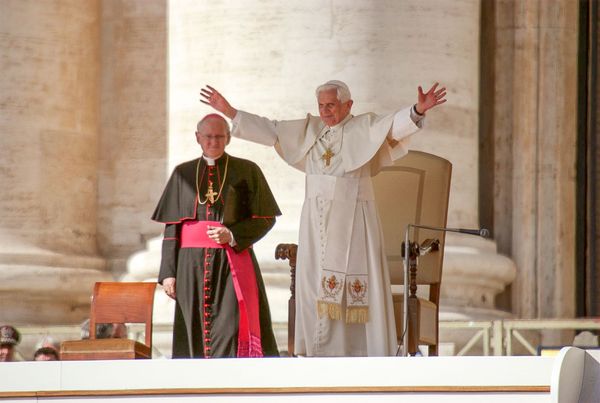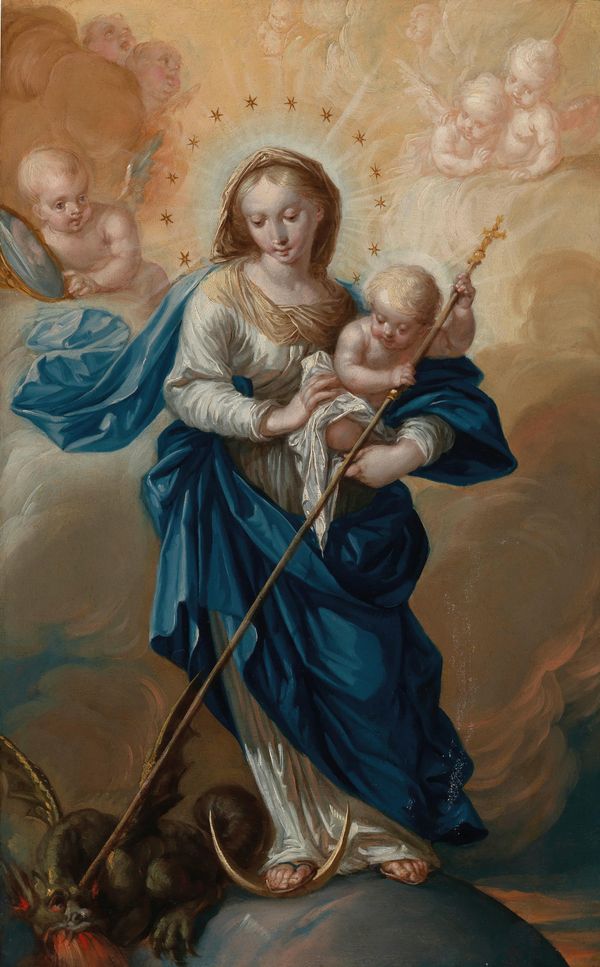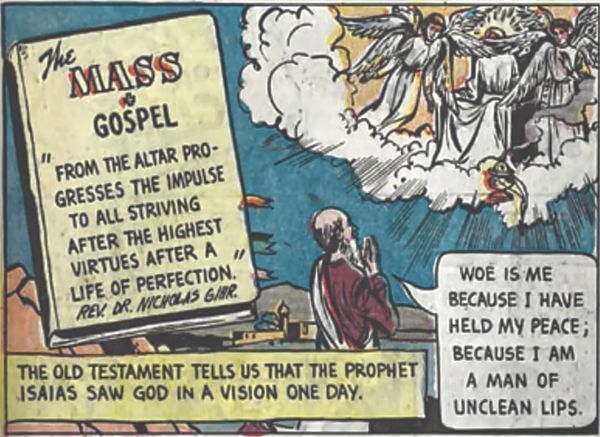Table of Contents
We all see it. Nudity is everywhere in art. Particularly images of female nudity. The human form is beautiful. It is the most beautiful form that God created. If we as artists want to emulate perfection, we should copy the perfection of God's most perfect creature...right? Well, therein lies the problem.
Nudity and Artistic Intention
To begin with, it is important to recognize that the creation of artwork featuring nudes, or painting a nude model, is not inherently immoral. The sin, if any exists, would depend on the intention of the artist or art viewer. My point is to make the argument—especially in today's over-sexualized climate—that we can avoid the thorny issue altogether.
Full disclosure: the entire reason I am Catholic right now is that Jesus came to me in a dream and healed me from a decade-long pornography addiction. Immediately. As soon as I woke up, I was cured and have not watched a single xxx video or viewed a single xxx image from that day. Praise be to God +
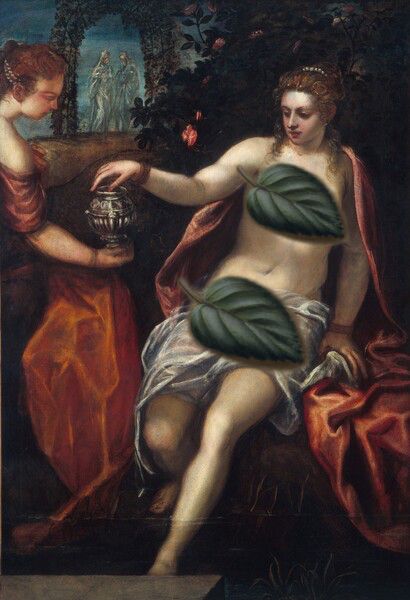
The Proliferation of Objectification
It is difficult for me to search for images on museum websites. You'd be surprised how many classic images (secular and Christian alike) feature fully naked women! I would say that half, if not more, of classic paintings, feature nudes. Is this a problem? For most people, it is not. For a few people, it can be a major source of distress, evoking unwanted feelings and intrusive thoughts. I am mostly fine with nudes in classical art, but on the issue of nude photographic images, I vehemently avoid them in all forms for the salvation of my soul! I dare not throw away the gift Christ gave me.
Now, such actions could be considered prudish, but it is appropriate for my moral situation. I avoid the pool and the beach, I avoid swimsuit ads and commercials. I stopped using social media and watching music videos because there were far too many scantily clad women displayed. My definition of scantily clad and yours might differ, but I know for a fact that other men are having these same issues with visual lust. They may not want to feel, gaze, or imagine... but these things occur spontaneously in response to the sight of a scantily clad woman, however you define it. This is due to the proliferation of bodily objectification. We all know that, as they say, "sex sells."
Since there may be others out there in a different moral situation than myself, God forbid that I might tempt them inadvertently. For this reason, I avoid adding paintings of nudes on this website. This is in line with magisterial teaching as according to John Paul II, in Reflections on the Ethos of the Human Body in Works of Artistic Culture. In that document he states:
"The human body—the naked human body in the whole truth of its masculinity and femininity—has the meaning of a gift of the person to the person...This is understood as the nuptial system, in which the giving of one party meets the appropriate and adequate response of the other party to the gift.
The artistic objectivation of the human body in its male and female nakedness, in order to make it first of all a model and then the subject of the work of art, is always to a certain extent a going outside of this original and, for the body, its specific configuration of interpersonal donation...
In each of these dimensions—and in a different way in each one—the human body loses that deeply subjective meaning of the gift. It becomes an object destined for the knowledge of many..."
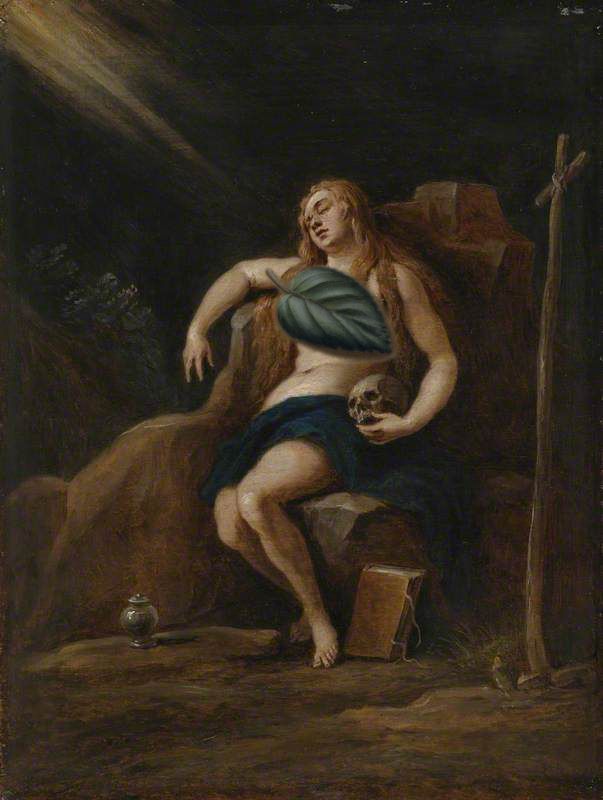
A Purely Aesthetic Problem?
Some may argue that the inclusion of nudity in Christian art is simply a matter of aesthetics and does not pose a moral dilemma. It is clear that the use of nudity in Christian art is a centuries-old tradition and is not intended to be considered as immoral. It is not clear, however, if such inclusions are beneficial. Pope Saint John Paul II, on the matter, states:
"The fact that this problem is raised does not mean that the human body, in its nakedness, cannot become a subject of works of art—but only that this problem is not purely aesthetic, nor morally indifferent."
Moving further into the text we see this quote which connects this issue back to the Bible, in fact, the very beginning of the Bible and one of our first introductions to sin:
"We tried to understand the difference between the situation—and the state—of original innocence, in which "they were both naked, and were not ashamed" (Gn 2:25), and, subsequently, between the situation—and the state—of sinfulness. In that state there arose between man and woman, together with shame, the specific necessity of privacy with regard to their own bodies."
Here we see that, when we were free from sin, nakedness was no issue. Nakedness is not a sin. However, after sin has entered the picture, public nakedness becomes shameful and therefore should be avoided. But we need not go to the Bible to see examples of this natural human aversion to public nakedness. Further on Pope Saint John Paul states:
"The person of developed sensitivity overcomes the limit of that shame with difficulty and interior resistance. This is seen clearly even in situations which justify the necessity of undressing the body, such as in the case of medical examinations or operations. Mention should also be made especially of other circumstances, such as those of concentration camps or places of extermination, where the violation of bodily shame is a method used deliberately to destroy personal sensitivity and the sense of human dignity."
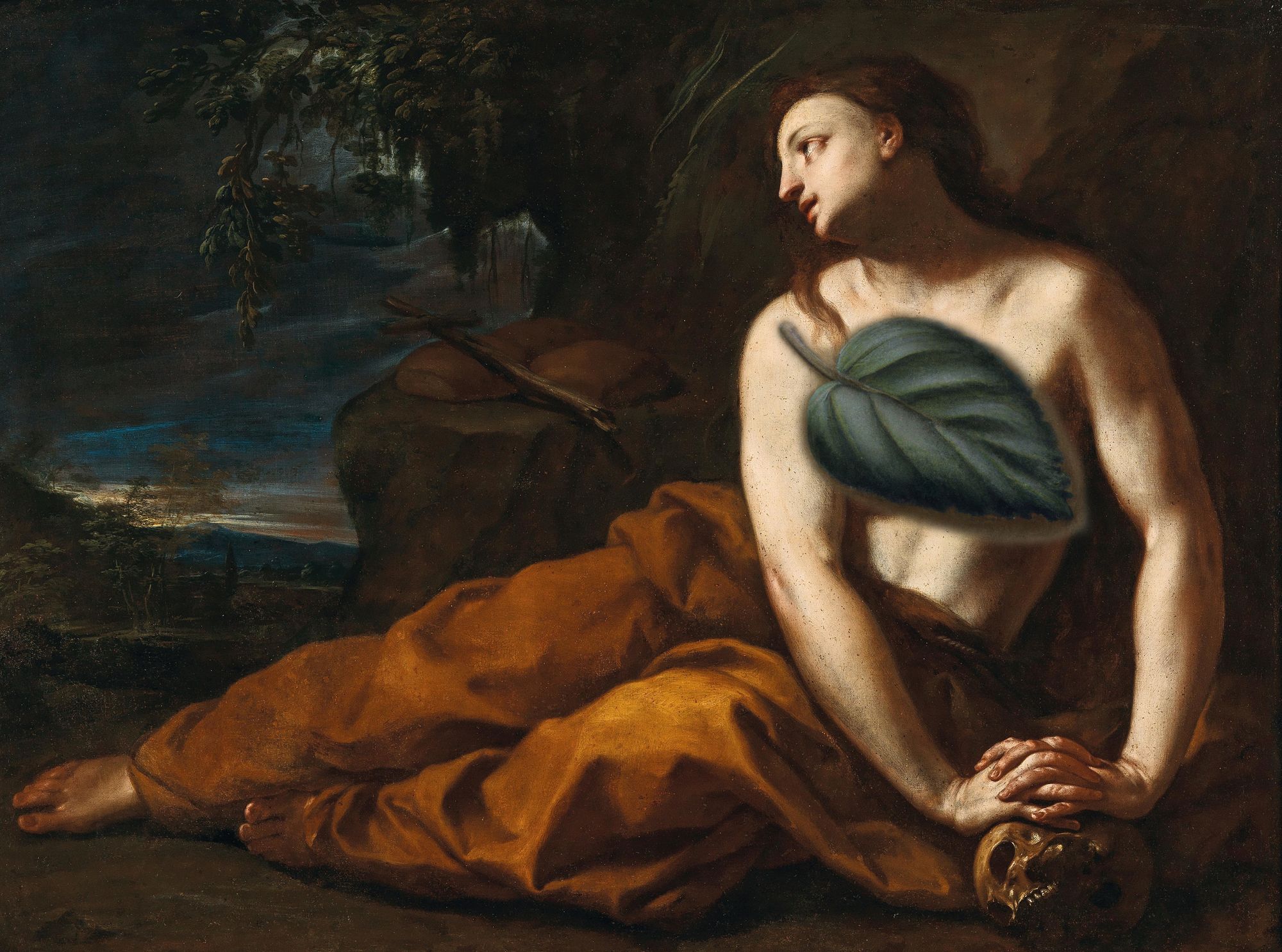
Conclusion
In the end, Pope Saint John Paul II says the following, and I wholeheartedly agree:
"It should be noted that observance or non-observance of these norms, so deeply connected with man's personal sensitivity, cannot be a matter of indifference for the problem of creating a climate favorable to chastity in life and social education."
So why do I choose to keep Catholic images with nudity out of my gallery? I do it to remain in agreement with the teachings of Pope Saint John Paul II and to promote chastity. While those images are not sinful in and of themselves, they are also not conducive to promoting chastity and modesty in today's social climate.
Until next time God bless + and stay holy,
Editor-in-Chief
Shalone Cason
This site is a place where public domain paintings, stock photos, and coloring pages are stored, categorized, and made searchable. Anyone can come here and use the category page in the menu or the search bar to find the perfect Catholic image for their project. Did I mention that all the images are free and creative commons? That means that you won't have to worry about copyright issues or stock photo fees.

